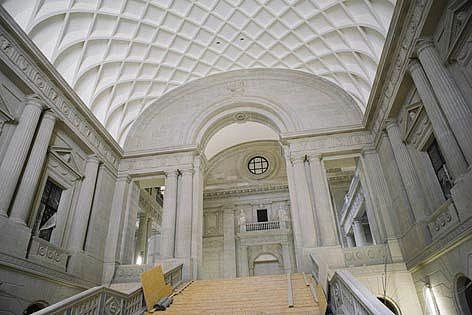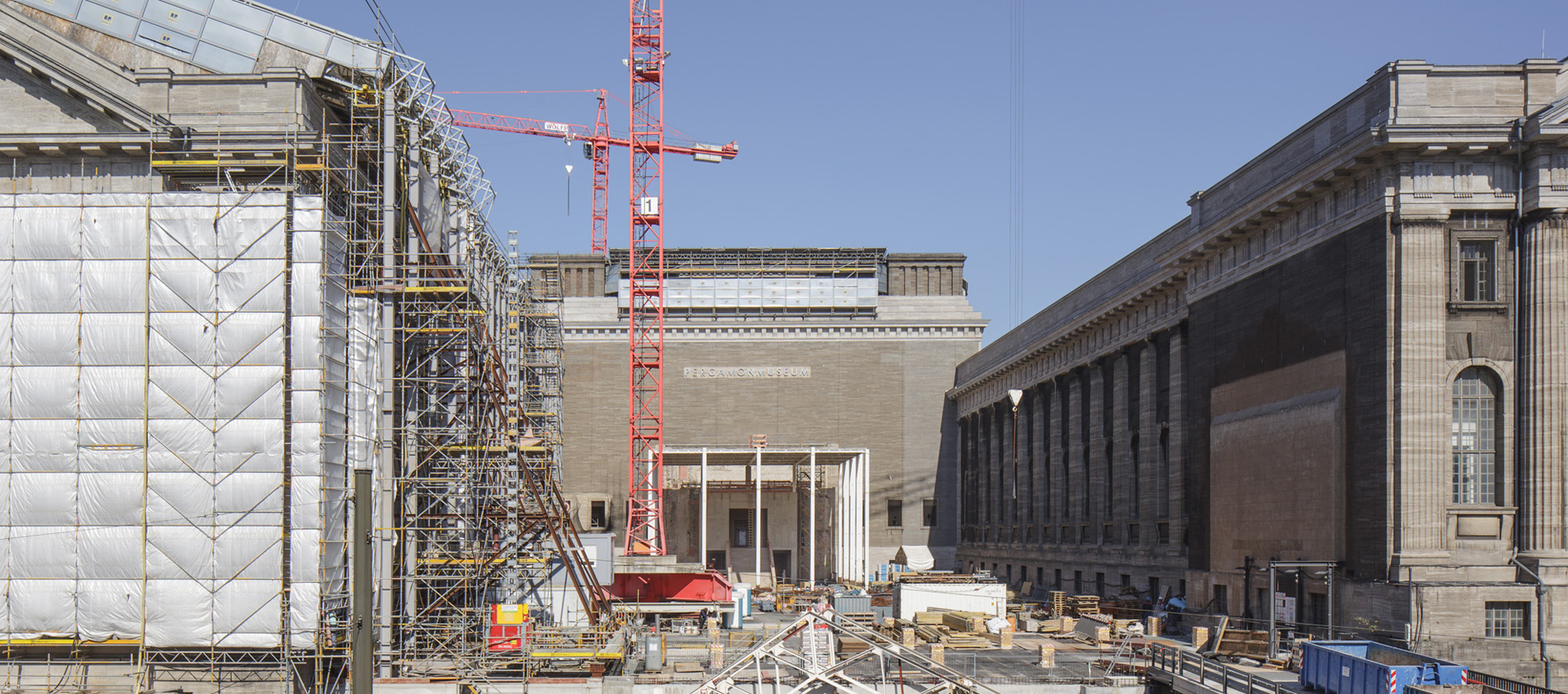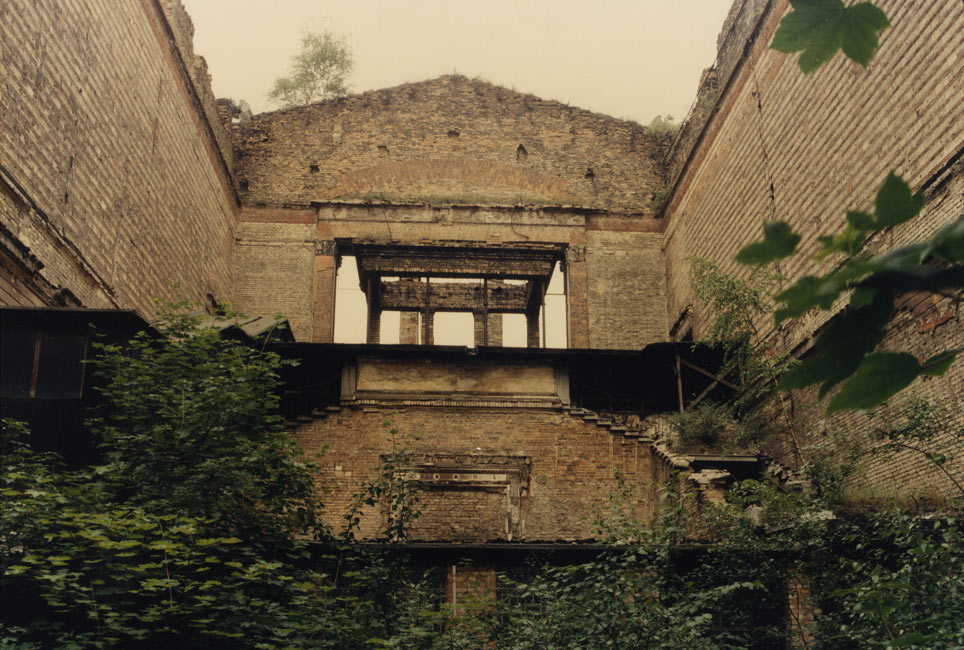In an interview, Barbara Schneider-Kempf, director general of the Staatsbibliothek zu Berlin (Berlin State Library) reports on the construction work in the two buildings, the planned library museum, and the treasures that will be exhibited there.
Ms Schneider-Kempf, the Staatsbibliothek zu Berlin is in a phase of major structural change and renovation. The renovation of the building on Unter den Linden is in its final stages. What is the status there now?
Barbara Schneider-Kempf: We have had to accept some construction delays caused by the overwhelming complexity of the construction plan and two special components: staying open during construction and carrying out construction work on an existing building. The building on Unter den Linden, which opened in 1914, was severely damaged during the war. In the decades after the war there were makeshift repairs to keep the library open, but nothing was done beyond that. For example, there were no structural inspections to assess the extent of the damage the bombing had caused. Another important point is that the building stands on wooden piles, just like the Berlin Cathedral. The piles became unsound because the water table dropped in the 1960s and ‘70s and in the 1990s, they had to be replaced by concrete piles. Before I started working at the Staatsbibliothek, I saw the wooden piles on a tour. They were lying in an inner courtyard after they had been replaced. Any amateur could see that they would not have lasted much longer, that the building was in acute danger. There are still some things to do before the keys are handed over to the Staatsbibliothek in August or September 2019. We want to hold this ceremony in the Brunnenhof, which is on the list of Berlin garden monuments because of the once wonderful vine growth and the green areas. Afterwards the house will be closed so that the collections and offices from the building in Potsdamer Straße and from the Westhafen can be moved in. In early 2020 almost everything will be done, except for the new library museum.

Barbara Schneider-Kempf, director general of the Staatsbibliothek zu Berlin (Berlin State Library) © Max Zerrahn
What exactly is planned for the museum?
It will be located near the current temporary entrance on Dorotheenstraße. There will be a permanent exhibit on 885 square meters, an area for rotating exhibits and a “treasure chamber”. The treasure chamber will of course house very valuable pieces: Mozart, Gutenberg, Beethoven. Unfortunately, the museum will not be completed in time for the Beethoven year in 2020. But of course we are planning to hold a large exhibition for the last time in Potsdamer Straße with all of the Beethoven highlights we have: the original manuscripts of the 4th, 5th, 8th and 9th symphonies, and Piano Concertos no. 1-3 and 5.
Why does the Staatsbibliothek zu Berlin have so many of Beethoven’s best works?
Part of the reason is the skillful acquisition policies of my predecessors; another part is support from the Prussian kings and Kaiser Wilhelm II. The library was world famous in the 19th century; they had wise custodians who scouted out the market and made contacts, and at the same time there were some sponsors. Of course, they had to be persuaded because the Prussians did not spend their money liberally. But the king or emperor could grant titles, so those who were generous and made special donations might have gotten a nice title for it. For some people, this was an attractive incentive. Some of our collections are absolutely unrivalled. Take our music collection for example: It not only contains quite a few Beethoven autograph scores, but also around 80 percent of the preserved Bach autograph scores worldwide. We also have five of Mozart’s six master operas: The Magic Flute, The Marriage of Figaro and other top pieces, a world class cultural heritage. But our collection of Oriental manuscripts, one of my own favorite topics, is also impressive.
Back to the construction: What are the plans for the building on Potsdamer Straße?
We received the planning order for the general renovation in October 2018 and will soon open the call for bids. The main part of the construction work will consist of renovating the listed building, but some additions must also be designed. The new construction involves the second entrance on Potsdamer Straße. Anyone familiar with the building knows that the best part is its open architecture, which we will keep. But the open planning means that the noise from the foyer gets into the reading room, the architects will have to find a solution to that problem. For reasons of monument protection, architect Hans Scharoun’s basic concept must be preserved. I wholeheartedly agree.









